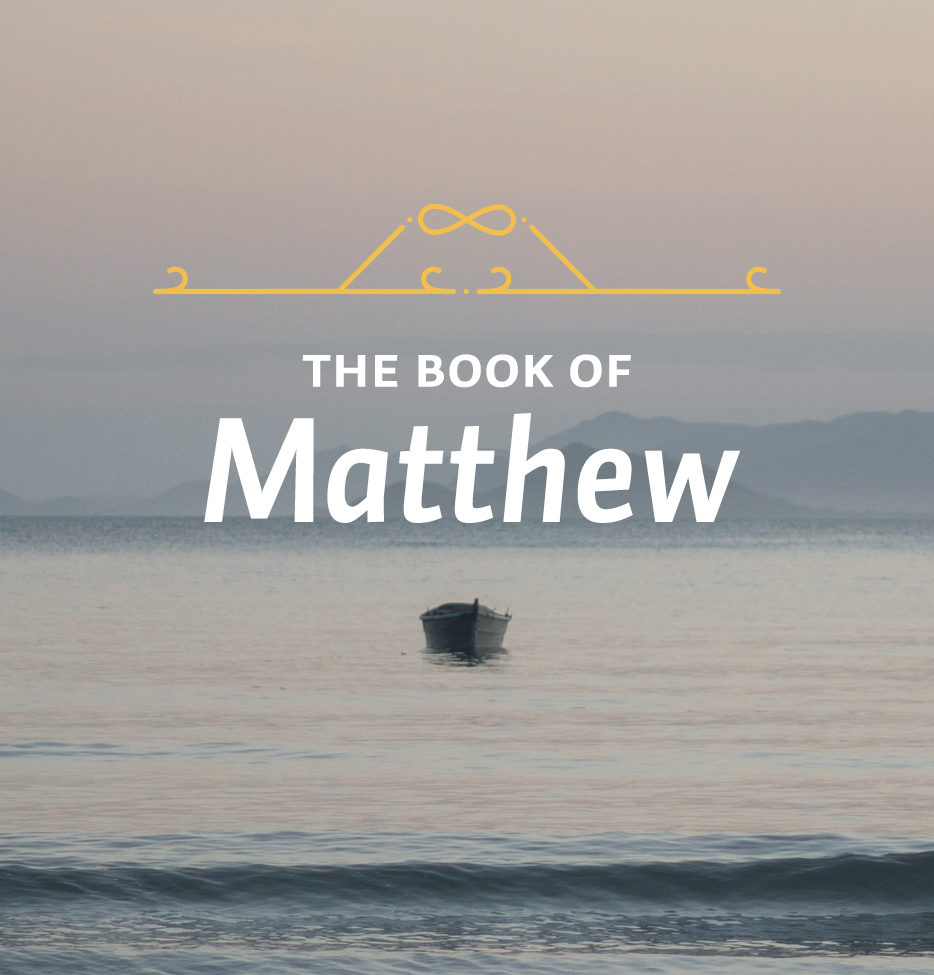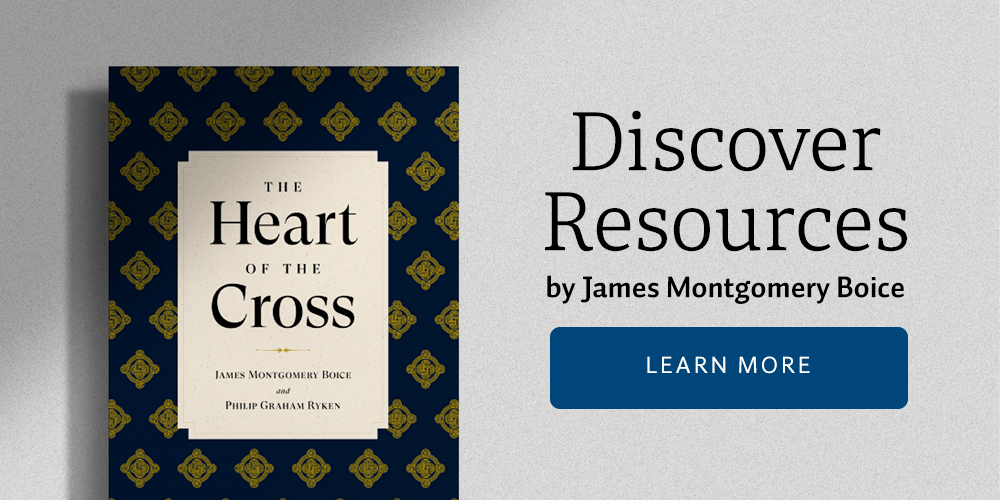Theme: Eternity in hell is no joking matter
This weeks lessons describe the horrid nature of hell and the importance of knowing our destiny.
SCRIPTURE
Matthew 25:31-46
“When the Son of Man comes in his glory, and all the angels with him,then he will sit on his glorious throne. Before him will be gathered all the nations, and he will separate people one from another as a shepherd separates the sheep from the goats. And he will place the sheep on his right, but the goats on the left. Then the King will say to those on his right, ‘Come, you who are blessed by my Father, inherit the kingdom prepared for you from the foundation of the world. For I was hungry and you gave me food, I was thirsty and you gave me drink, I was a stranger and you welcomed me, I was naked and you clothed me, I was sick and you visited me, I was in prison and you came to me.’ Then the righteous will answer him, saying, ‘Lord, when did we see you hungry and feed you, or thirsty and give you drink? And when did we see you a stranger and welcome you, or naked and clothe you? And when did we see you sick or in prison and visit you?’ And the King will answer them, ‘Truly, I say to you, as you did it to one of the least of these my brothers, you did it to me.’
“Then he will say to those on his left, ‘Depart from me, you cursed, into the eternal fire prepared for the devil and his angels. For I was hungry and you gave me no food, I was thirsty and you gave me no drink,I was a stranger and you did not welcome me, naked and you did not clothe me, sick and in prison and you did not visit me.’ Then they also will answer, saying, ‘Lord, when did we see you hungry or thirsty or a stranger or naked or sick or in prison, and did not minister to you?’ Then he will answer them, saying, ‘Truly, I say to you, as you did not do it to one of the least of these, you did not do it to me.’ And these will go away into eternal punishment, but the righteous into eternal life.”
LESSON
We come now to the last recorded teaching of Jesus Christ in Matthew’s gospel. It is called “The Parable of the Sheep and the Goats,” but it is not strictly a parable. It is a dynamic description of the last judgment, using a few symbolic elements, like the shepherd, sheep, and goats. This story is unique to Matthew and is an appropriate ending to the chapters in which Jesus speaks of his return.
The story builds on the two previous parables and on the illustrations in chapter 24. The illustrations in chapter 24 and the first of the parables of chapter 25 stressed the need to be ready when Christ returns. The parable of the talents taught the need for faithful work and service, to be rewarded or disapproved at the judgment. The final story is of the judgment itself. There is also a progression. In the parable of the wise and foolish virgins, the women who were not ready are only shut out from the banquet. In the next parable the wicked, lazy servant is thrown out into the darkness. In the story of the sheep and the goats those who have ignored the needs of Christ’s brothers are cursed with an eternal punishment.
We might expect that a story as straightforward as the separation of the sheep and the goats would be easy to interpret, but that does not seem to be the case judging from the interpretations given to it by generations of Bible students. There seem to be four main views, depending on how the interpreter understands the words “the least of these brothers of mine” (v.40).
1. The words might refer to anyone who is hungry or has other physical needs. This has been the majority view in church history, and it has led to many sentimental and sometimes fanciful stories. Gregory the Great tells of a monk named Martyrius who came upon a deformed man lying exhausted by the roadside. He carried him to the monastery, and when the abbot saw him coming he called to the other monks, saying, “Open the gates; our brother Martyrius is coming; he is carrying the Lord.”1 A fanciful story concerns Francis of Assisi. Francis was a wealthy, careless man before his conversion. But one day he was out riding and saw a loathsome leper. Something moved Francis to dismount and fling his arms around the leper; when he did, the face of the leper changed to the face of Jesus Christ.2
Stories like that are characteristic of medieval piety. But the same view is expressed by persons such as William Barclay who concluded from these verses, “God will judge us in accordance with our reaction to human need”3 or a teacher who wrote, “The Son of Man sees in any wretch his brother.”4
2. “The least of these brothers of mine” might mean the Jews. This is the dispensational view, which understands the judgment to be one of several judgments; this one placed it at the close of the Great Tribulation after Christians have been removed from the world by the rapture. It is usually described as a judgment of literal nations on the grounds of their treatment of the Jews. Harry Ironside wrote, “My brethren’… are those of Israel who are related to Christ, both according to the flesh and the Spirit, and will be his authoritative witnesses in the coming time of tribulation, when the present church age is ended.”5 This view is possible only if the entire dispensational understanding of prophecy is valid.
3. “The least of these brothers of mine” could refer to the apostles and other Christian missionaries. It would mean that the reaction to them and their gospel determines the nation’s fate. This is closer to the text than the other ideas, and it has support from Matthew 10:40-42, where Jesus said to the disciples, “He who receives you receives me, and he who receives me receives the one who sent me… And if anyone gives even a cup of cold water to one of these little ones because he is my disciple, I tell you the truth, he will certainly not lose his reward.”
Some of these views are better than others, as I have indicated. But the trouble with all of them is that Jesus does not use the word “brothers” in those ways in this gospel. In Matthew “brothers” means “disciples,” all who follow Christ or all Christians(Matthew 12:48-50; 23:8; 28:10). “Those who are least” also refers to Christ’s followers (Matthew 5:19; 11:11; 18:3-6 and 18:10-14). This use of the terms means that the fourth interpretation is the right one, namely…
4. “The least of these brothers of mine” refers to Christ’s disciples or all Christians. This does not mean that the Bible is unconcerned for the poor and the oppressed. It is. We read about it often, but that is not the thought here. What Jesus means here is that the fate of individuals depends on how they relate to Christ’s followers, which means how they also relate to him. John A. Broadus puts it like this: “Our Lord is not expressly speaking of benevolence to the poor and suffering in general, but of kindness to his poor and suffering ‘brethren’ for his sake.”6 D.A. Carson says similarly, “True disciples will pass an examination not because they are trying to pass an examination but because they will love his brothers and sisters—and therefore Jesus. Goats will fail because, of course, they will not particularly care for Jesus’ brothers and sisters, and thus will be rejecting the Messiah himself (10:40-42)—just as Saul, in persecuting Christians, was actually persecuting Jesus (see Acts 9:5).”7
This understanding of the separation of the sheep and the goats should not surprise us, because it is one of the tests John gives in his first letter for how we can know we are Christians. He has three tests. The first is whether we believe that Jesus is God come in human flesh (1 John 2:20-23; 4:2-3; 4:15; 5:1). The second is whether we obey Christ’s commands (1 John 2:3-6; 3:4-10; 5:2). The third is whether we love other Christians (1 John 2:9-11; 3:14; 4:7-21). This last test is the one on which the story of the separation of the sheep and goats depends, for the issue is whether or not we love and care for Christ’s followers, hence, whether or not we love Christ. It is this that determines our destiny,
1 G. Barrois, “On Medieval Charities,” in Service in Christ, ed. James I. McCord and T. H. L. Parker (London: Epworth Press, 1966), p. 72.
2 William Barclay, The Gospel of Matthew, vol. 2, Chapters 11 to 28 (Philadelphia: Westminster Press, 1958), p. 360.
3 William Barclay,The Gospel of Matthew, vol. 2, p. 359.
4 David Hill, The Gospel of Matthew in “The New Century Bible Commentary” (Grand Rapids: Wm. B. Eerdmans, and London: Marshall, Morgan & Scott, 1981), p. 331.
5 H. A. Ironside, Expository Notes on the Gospel of Matthew (Neptune, N.J.: Loizeaux Brothers, 1948), pp. 339,340.
6 John A. Broadus, Commentary on Matthew (Grand Rapids: Kregel Publications, 1990), p. 510.
7 D.A. Carson, God With Us: Themes from Matthew (Ventura, Calif.: Regal Books, 1985), p. 150
STUDY QUESTIONS
What is the dilemma in the first three interpretations of the phrase, “the least of these brothers of mine?”
Name the three tests found in 1 John for identifying yourself as a Christian?






